Lake Atitlán
Guatemala
Lake Atitlán is a lake in the Guatemalan Highlands of the Sierra Madre mountain range. The lake is located in the Sololá Department of southwestern Guatemala.
Lake Atitlán is renowned as one of the most beautiful lakes in the world, and is one of Guatemala’s most important national and international tourist attractions.
Lake Atitlán
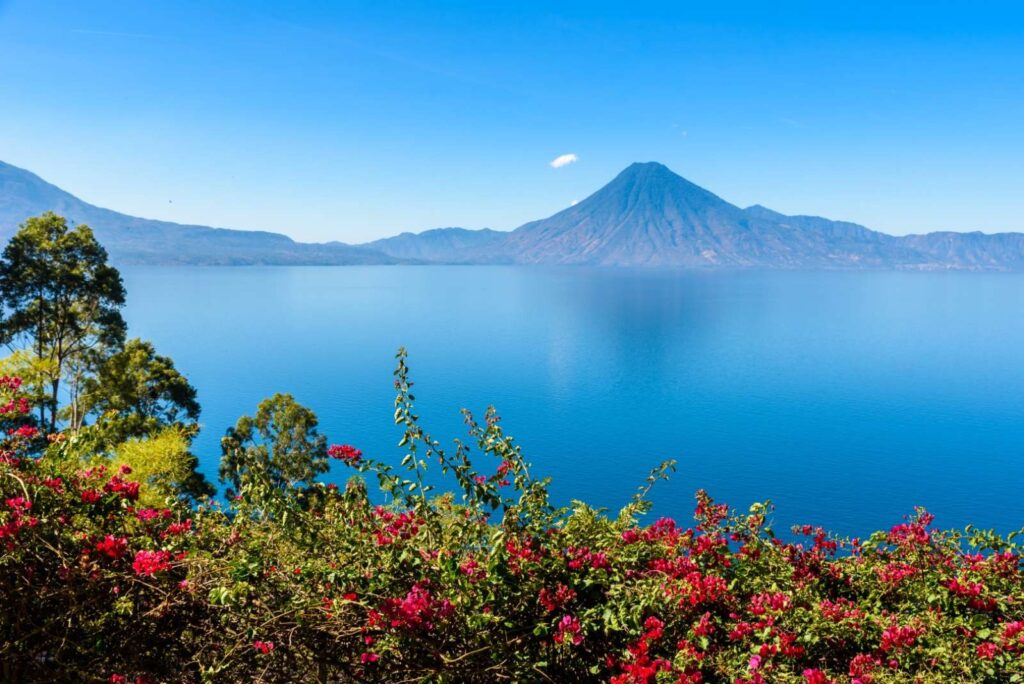
Lake Atitlán is a breathtaking volcanic lake nestled in the highlands of Guatemala, often regarded as one of the most beautiful lakes in the world. Surrounded by towering volcanoes—Tolimán, Atitlán, and San Pedro—it offers a dramatic landscape where deep blue waters contrast with lush green slopes. Formed within a massive caldera from an ancient volcanic eruption, the lake reaches depths of up to 340 meters (1,120 feet), making it the deepest lake in Central America.
The region is rich in Mayan culture, with traditional villages dotting its shores. Each village, such as Panajachel, San Juan La Laguna, and Santiago Atitlán, has its own unique traditions, crafts, and vibrant textiles. Visitors can explore colorful markets, witness ceremonial practices, and connect with the local Tz’utujil and Kaqchikel communities.
Popular activities at Lake Atitlán include hiking, kayaking, yoga retreats, and exploring nearby nature reserves. Sunrises and sunsets here are particularly magical, with the lake reflecting the fiery hues of the sky. A visit to Lake Atitlán offers a mix of serene beauty, cultural richness, and a sense of timeless wonder.
The region around **Lake Atitlán** offers a mix of natural beauty, cultural heritage, and vibrant traditions. Here are some highlights:
Villages Around the Lake
Each village surrounding the lake has its own unique charm and attractions:
Panajachel: The main gateway to the lake, known for its lively Calle Santander with markets, restaurants, and lakefront views.
San Juan La Laguna: Famous for its cooperative art galleries, organic coffee tours, and vibrant murals that reflect Mayan culture.
San Pedro La Laguna: Popular with backpackers, offering a mix of nightlife, affordable stays, and stunning views from the San Pedro Volcano hike.
Santiago Atitlán: A center of Mayan culture, where you can visit the Church of Santiago and see the revered figure of Maximon, a Mayan folk saint.
Santa Cruz La Laguna: A tranquil village perfect for relaxation, with eco-lodges and diving opportunities.
Volcano Hikes
Volcán San Pedro: A moderately challenging hike with panoramic views of the lake.
Volcán Atitlán and Volcán Tolimán: For more adventurous trekkers, these higher peaks provide stunning vistas but require guides.
Cultural Experiences
Traditional Weaving and Textiles: Learn about backstrap loom weaving in San Juan or Panajachel, where local women create intricate designs.
Mayan Ceremonies: Observe or participate in spiritual ceremonies led by local shamans.
Outdoor Adventures
Kayaking and Paddleboarding: Explore the lake’s serene waters, especially during the morning when they’re calm.
Nature Reserves: Visit the Atitlán Nature Reserve near Panajachel for ziplining, butterfly gardens, and scenic trails.
Art and Crafts
Art Galleries and Workshops: San Juan La Laguna is known for its cooperatives showcasing local paintings and handmade crafts.
Markets: Panajachel’s daily market offers textiles, ceramics, and souvenirs.
Historical and Spiritual Sites
Church of Santiago: A beautiful colonial-era church in Santiago Atitlán.
Maximon: Visit this fascinating folk saint’s shrine to learn about local spiritual traditions.
Relaxation and Wellness
Yoga Retreats: Lake Atitlán is a hub for yoga and meditation, with centers in Santa Cruz, San Marcos, and Tzununa.
Hot Springs: Unwind in natural hot springs along the lakeshore.
Stunning Views and Sunsets
Indian Nose: A relatively easy hike that offers one of the most iconic sunrise viewpoints over the lake.
Lakefront Strolls: Enjoy the tranquil ambiance and changing colors of the lake throughout the day.
With its blend of serene natural beauty and rich cultural traditions, Lake Atitlán offers something for every kind of traveler.
Antigua
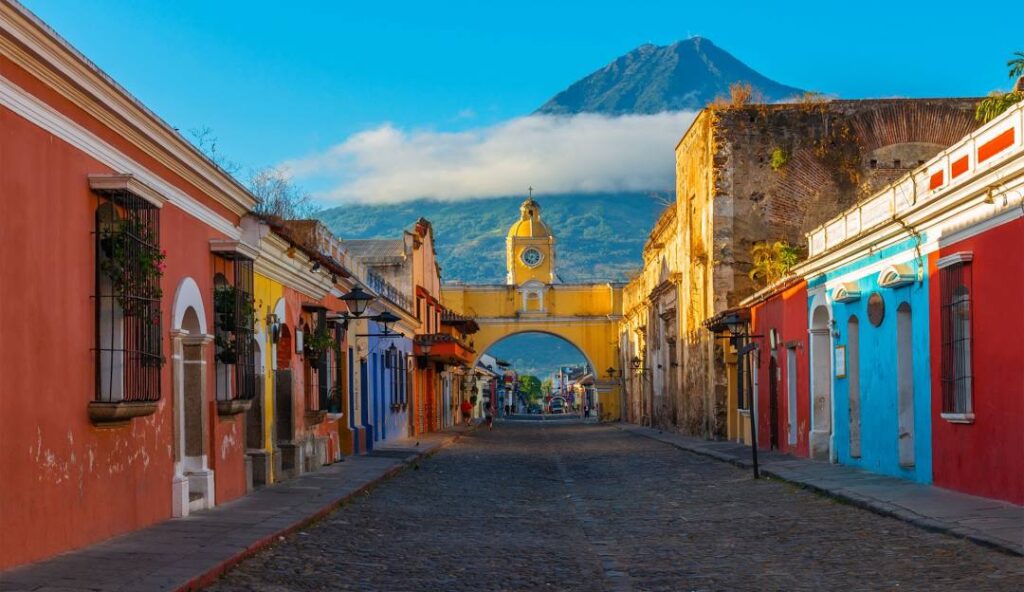
Best for architecture, history and volcanoes
Just a 45-minute drive from Guatemala’s main international airport, Antigua is most travelers’ first and last stop in Guatemala, and it rarely disappoints. A sprawl of cobblestone streets, historic basilicas and colorful homes, the city is surrounded by towering volcanoes, the most impressive of which is El Fuego (“the fire”), whose steep slopes are regularly marked by low-level eruptions.
Antigua is a place to explore in depth, posing for selfies under the iconic Arco de Santa Catarina, shopping for Mayan handicrafts, taking stunning photos of volcano-backed street scenes and colonial architecture, studying Spanish at local language schools, and refueling in the city’s many excellent cafes, restaurants and bars.
Some of Guatemala’s best restaurants can be found in Antigua, which has excellent global cuisine and traditional and contemporary Guatemalan fare. Eat delicious, budget-friendly street food at the night market or splurge on somewhere elegant and atmospheric such as Meson Panza Verde, a cozy boutique hotel where creative fusion dishes are made with local ingredients.
Detour: For days out of town, wake up early to hike to the nearby Pacaya and Acatenango volcanoes, or wake up late and enjoy a laid-back brunch made with homegrown ingredients at the charming Caoba Farms. There’s plenty here to fill many days of exploring!
El Petén and Tikal
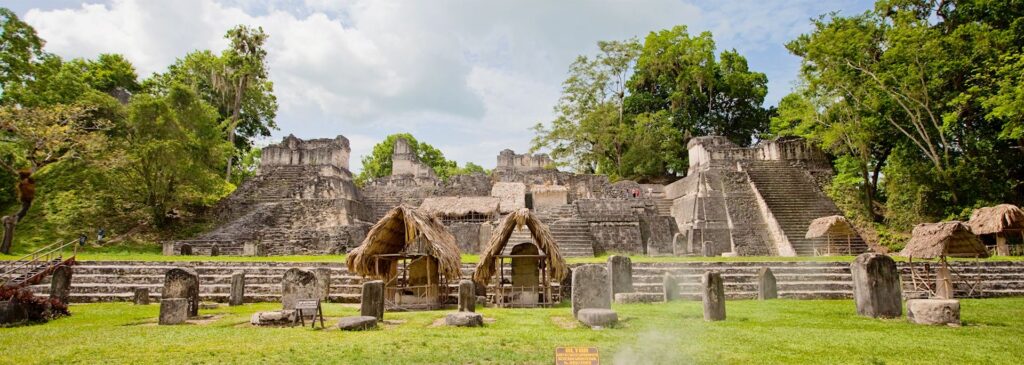
Best for Mayan ruins in the rainforest
The Guatemalan department (province) of El Petén is one of the most biodiverse regions in Central America, and this is also the setting for the towering Mayan temples of Tikal. The ruins of this ancient city, which rose to the height of its power in the 7th century, are buried deep in the jungle, visited by howler monkeys, coatis, agoutis and tropical birds and cloaked in lush vegetation. It’s worth spending a few days here exploring the region around beautiful, deep-green Lago Petén Itzá.
Several small communities line the water’s edge, but the island town of Flores is where most people stay while visiting Tikal, with a good selection of hostels and hotels, fun-filled nightlife and good amenities. However, the often-overlooked village of El Remate is another excellent option for those looking for a more tranquil vibe.
El Remate is tiny, but it has a handful of hostels, and it’s on a much better stretch of the lakeshore for swimming. As a bonus, the village is located closer to Tikal, meaning a quicker journey to the ruins. Check out the long-established Mon Ami hostel and restaurant for lakeside accommodations and lake-fish lunches, and Las Orquideas for delicious Italian food.
Detour: Quieter than Tikal, but equally worth visiting, are the ruins of Yahxá, a smaller ceremonial site located between two lakes, which is famed for its epic sunsets. For the more adventurous, five-day jungle treks to El Mirador, the largest Mayan site in Central America, can be arranged through local outfitter Carmelita Tours.
Río Dulce and Livingston
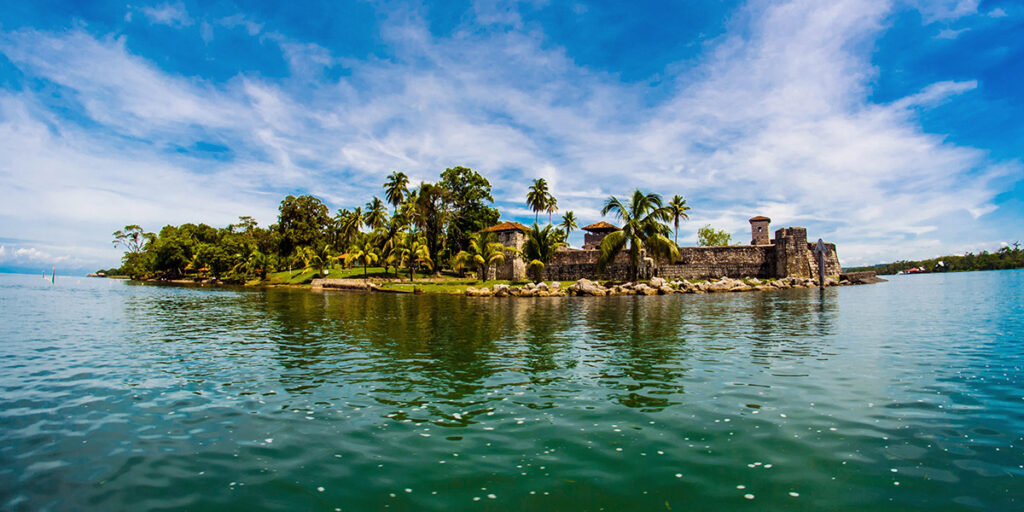
Best for river adventures
The largest lake in Guatemala, Lago Izabal is known for its geothermally heated waterfalls and fringing mangroves teeming with wildlife. The lake empties into the Río Dulce, which runs directly to the town of Lívingston, a busy hub for Garifuna people located on the Caribbean coast. Many travelers stop here en route to the coast and hire a boat to take them down the river.
Río Dulce is hot, humid and lush, and the vibe is surprisingly international, thanks to a string of marinas, restaurants and bars along the river that cater to visiting sailors. Stay at the excellent Tortugal, a boutique guesthouse located on a marina, and let the water lull you to sleep, or take a pickup to stay at one of the more remote riverside hostels in the jungle – Hotelito Perdido is a top choice.
Semuc Champey and Lanquín
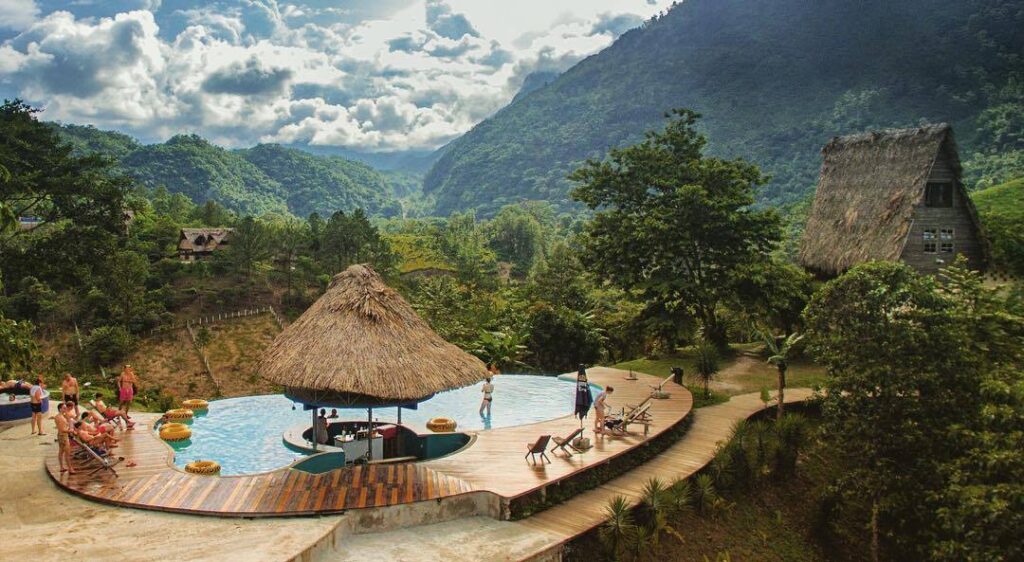
Best for splashing in jungle pools
With its serene turquoise pools and natural limestone bridge, the national park of Semuc Champey is one of the most beautiful places in Central America. It’s a bit of a challenge to get there, but the trip is well worth the effort to swim and relax surrounded by tranquil natural beauty.
The pools are quite remote, and many visitors choose to stay in Lanquín, a village about a 45-minute drive from Semuc Champey with a handful of excellent hostels. Check out Zephyr Lodge, a popular party hostel with an infinity pool and unrivaled views of the surrounding mountains. El Retiro Lodge is more relaxed and just as pretty, with simple huts located right beside the river. Day trips to the pools are arranged by both hostels.
Planning Tip: If you’re looking to stay as close to the pools as possible, Greengo’s Hotel has A-frame cabins just a 10-minute walk from the entrance to the park.
Nebaj and the Ixil Triangle
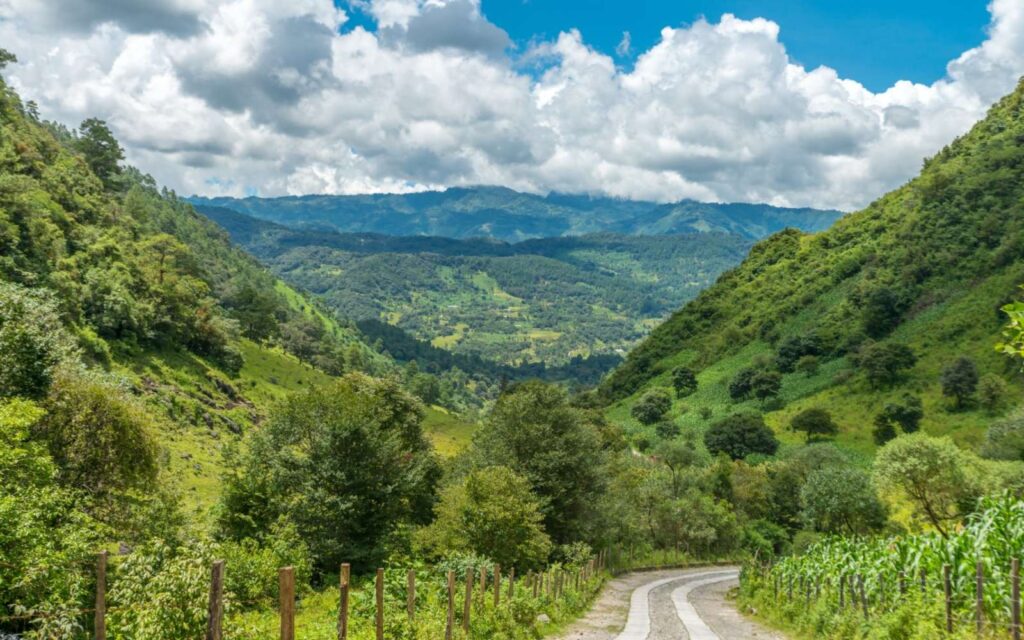
Best for uncrowded hiking trails
The isolated township of Nebaj is located in the remote highlands of the Cuchumatanes Mountains, a region referred to as the Ixil Triangle. It’s an excellent hub for hiking off the tourist trail. Visitors can trek between the peaks of the tallest mountain chain in Central America, traversing verdant slopes and valleys that alternate between subtropical forests and sweeping shrublands.
It’s possible to hike from the Ixil triangle to Todos Santos, a small town famous for its Day of the Dead celebrations every November. Starting from Nebaj, hikes are run once or twice a month by the excellent Quetzaltrekkers, based out of Quetzaltenango.
10. Quetzaltenango
Best for relaxing in the highlands
Quetzaltenango, or Xela (pronounced shay-la) as almost everyone calls it, is a place to linger. A big city with a small-town vibe, Quetzaltenango has pretty cobblestone streets, crumbling colonial buildings and a central park bookended by an ornate cathedral. Many visitors come here to study Spanish, volunteer, or take some serious hikes in the western highlands.
With the high elevation, expect pleasantly cool evenings that are perfect for sitting out in candle-lit bars and restaurants. Spanish students mingle with NGO volunteers, and chatty local residents are happy to help out with verb conjugations. Check out Mandarina on Calle 13-21 for the best lattes and salads in town. Don’t leave without trying shecas, a local sweet bread stuffed with either beans, cheese or jam, typically consumed with afternoon coffee.
Detours: Sights worth visiting outside the city include the hot springs tucked into the forest at Fuentes Georginas, Laguna Chicabal – a sacred lake that is often shrouded in mist, reached via a five-hour tramp up a volcano – and the twin volcanoes of Volcáns Santa Maria and Volcán Santiaguito, which can both be visited on a rewarding day hike. Huehuetanango, 90km (56 miles) north of Quetzaltenango, is another good base for hikes.
Quetzaltenango
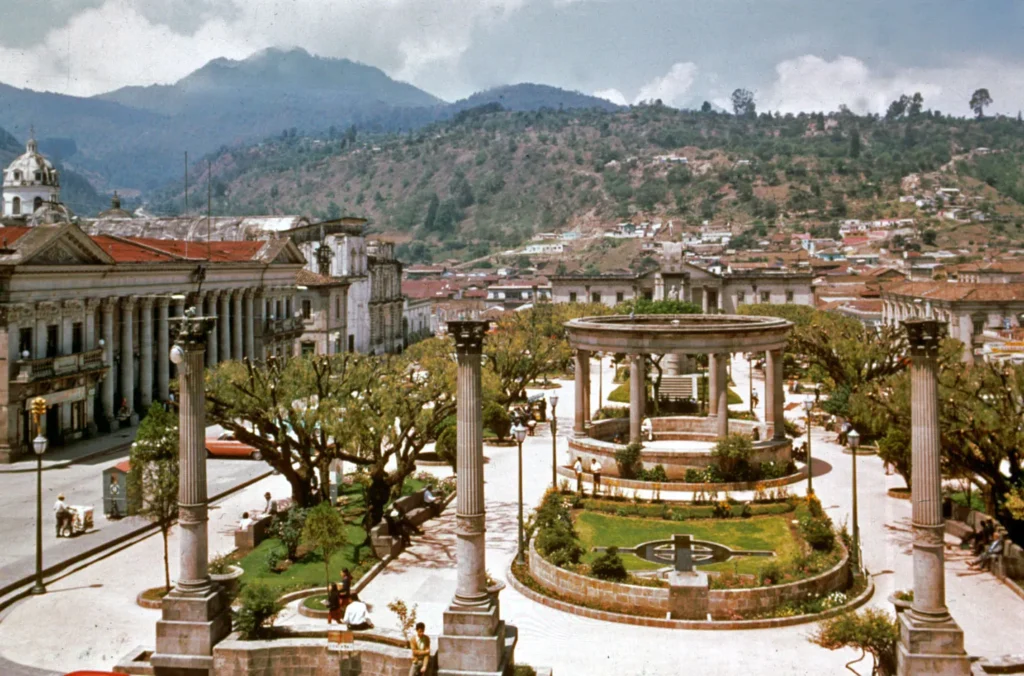
Best for relaxing in the highlands
Quetzaltenango, or Xela (pronounced shay-la) as almost everyone calls it, is a place to linger. A big city with a small-town vibe, Quetzaltenango has pretty cobblestone streets, crumbling colonial buildings and a central park bookended by an ornate cathedral. Many visitors come here to study Spanish, volunteer, or take some serious hikes in the western highlands.
With the high elevation, expect pleasantly cool evenings that are perfect for sitting out in candle-lit bars and restaurants. Spanish students mingle with NGO volunteers, and chatty local residents are happy to help out with verb conjugations. Check out Mandarina on Calle 13-21 for the best lattes and salads in town. Don’t leave without trying shecas, a local sweet bread stuffed with either beans, cheese or jam, typically consumed with afternoon coffee.
Detours: Sights worth visiting outside the city include the hot springs tucked into the forest at Fuentes Georginas, Laguna Chicabal – a sacred lake that is often shrouded in mist, reached via a five-hour tramp up a volcano – and the twin volcanoes of Volcáns Santa Maria and Volcán Santiaguito, which can both be visited on a rewarding day hike. Huehuetanango, 90km (56 miles) north of Quetzaltenango, is another good base for hikes.
